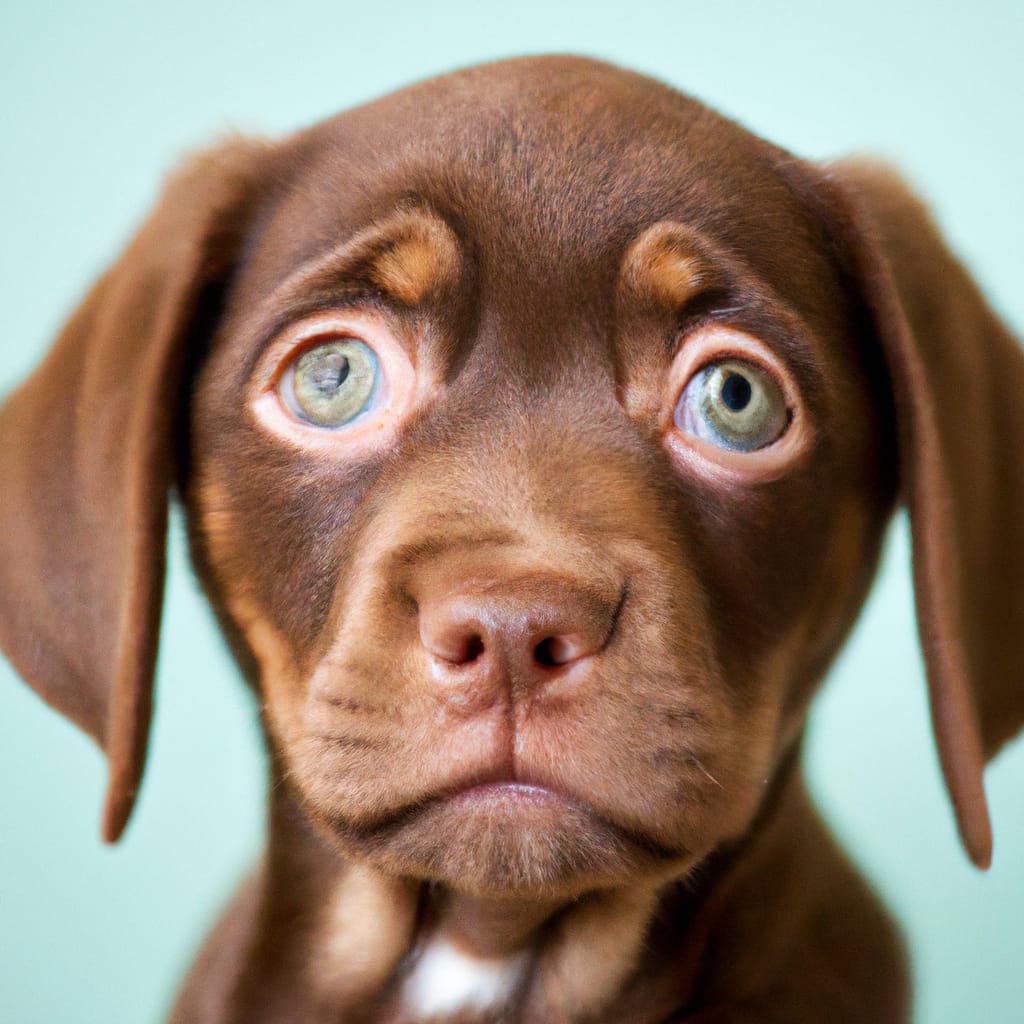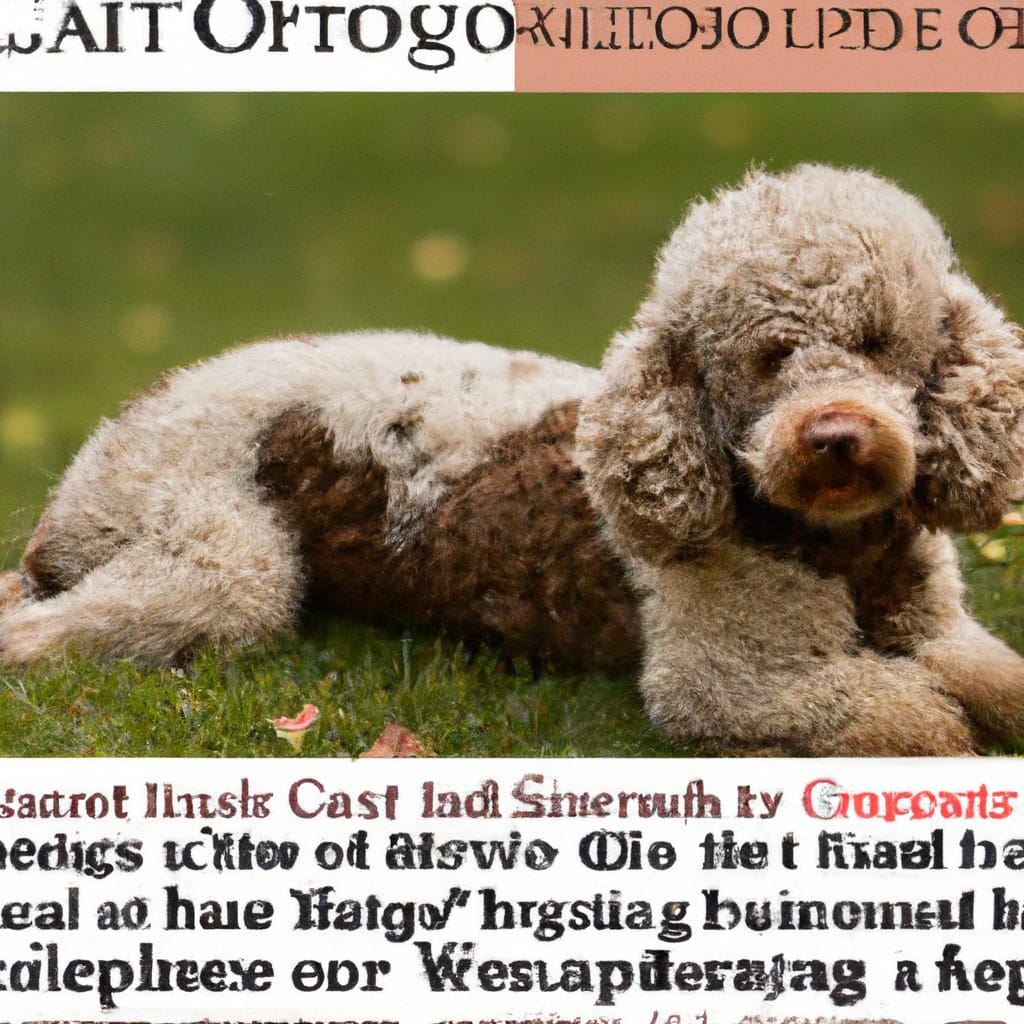The Low-Down On Dog Eye Discharge: Are Eye Boogers Normal?
In the world of dog ownership, there’s no denying that adorable, big round eyes can melt your heart. However, have you ever noticed a gooey substance accumulating in the corner of your furry friend’s eyes? Commonly known as “eye boogers,” dog eye discharge can raise concerns and leave you wondering if it’s something to worry about. In this article, we will take a closer look at dog eye discharge, exploring whether those cute little boogers are normal or a cause for concern. So, get ready to uncover the low-down on dog eye discharge and discover what it could mean for your beloved companion.

Causes of Eye Discharge
Tear Production
Eye discharge in dogs can be caused by various factors, one of which is tear production. Tears play a vital role in keeping the eyes lubricated, flushed, and free from debris. When tear production is compromised, it can lead to an imbalance in the eye’s moisture levels, resulting in excessive discharge.
Conjunctivitis
Conjunctivitis, also known as pink eye, is a common cause of eye discharge in dogs. It is characterized by inflammation of the conjunctiva, the clear membrane that covers the front surface of the eye. This condition can be caused by allergies, infections, foreign objects, or irritants, and often leads to redness, swelling, and discharge.
Foreign Objects
Dogs can be naturally curious creatures, and sometimes this curiosity can lead to foreign objects getting lodged in their eyes. These objects can include dust, dirt, grass, or even small particles from plants. When a foreign object enters the eye, it can cause irritation, inflammation, and ultimately lead to a discharge as the eye attempts to flush out the foreign material.
Allergies
Just like humans, dogs can also suffer from allergies. Allergens such as pollen, dust mites, or certain foods can trigger an allergic reaction in dogs, leading to symptoms like itching, sneezing, and eye discharge. Allergic conjunctivitis can cause watery discharge and may require additional treatment to alleviate the allergy symptoms.
Blocked Tear Ducts
Blocked tear ducts can lead to eye discharge in dogs. Tear ducts are responsible for draining excess tears from the eyes, and when they become blocked or obstructed, tears can’t properly flow out. This can result in an overflow of tears, leading to excessive eye discharge.
Eyelid Issues
Eyelid problems, such as entropion (inward rolling of the eyelids) or ectropion (outward sagging of the eyelids), can also contribute to eye discharge in dogs. When the eyelids are not functioning correctly, they may not be able to distribute tears evenly or protect the eye properly. This can lead to irritation, redness, and discharge.
Types of Eye Discharge
Clear and Watery
Clear and watery eye discharge is often a result of excessive tear production. It can be a normal physiological response to irritation, allergens, or foreign objects. However, if the discharge is persistent or accompanied by other symptoms, it may indicate an underlying issue that requires further investigation.
Mucus and Stringy
Mucus and stringy eye discharge can occur due to an infection or allergic reaction. This type of discharge may be thicker and stickier than clear discharge and may indicate the presence of bacteria or viruses. If the discharge is excessive or accompanied by other symptoms, it is important to seek veterinary attention.
Thick and Yellow/Green
Thick, yellow, or green eye discharge can be a sign of a bacterial infection. Bacteria can cause the discharge to become thicker and change color. This type of discharge is often accompanied by redness, swelling, and discomfort. If your dog has thick, yellow/green discharge, it is crucial to consult a veterinarian for proper diagnosis and treatment.
Brown or Rusty
Brown or rusty eye discharge can be a result of tear staining. Tear staining occurs when tears overflow from the eyes and subsequently stain the fur around the eyes. This is more common in certain dog breeds with tear duct abnormalities or excessive tear production. While tear staining itself may not be a cause for concern, it is important to address any underlying issues that may be contributing to the excessive tearing.
Blood-Tinged
Eye discharge that is blood-tinged can be a sign of trauma or injury to the eye. It may also be indicative of a more serious underlying condition. If you notice blood in your dog’s eye discharge, seek immediate veterinary attention to ensure appropriate diagnosis and care.
When to be Concerned
Excessive Discharge
While some degree of eye discharge can be normal, excessive discharge is often a sign of an underlying issue. If you notice a significant increase in eye discharge that is persistent or worsening, it is essential to consult a veterinarian. Excessive discharge may indicate an infection or other medical condition that requires treatment.
Abnormal Appearance
Eye discharge that has an unusual appearance, such as a foul odor, thick consistency, or unusual color, is cause for concern. Discharge that is pus-like, has a yellow/green color, or is streaked with blood should not be ignored. These characteristics can be signs of infection or injury and require prompt veterinary attention.
Behavioral Changes
If your dog is experiencing eye discharge and also displaying behavioral changes such as excessive rubbing of the eyes, squinting, or pawing at the face, it may signal discomfort or pain. Eye problems can be quite uncomfortable for dogs, and behavioral changes should not be ignored. It is advisable to have your dog evaluated by a veterinarian to address any underlying issues.
Pain or Discomfort
Discharge accompanied by signs of pain or discomfort, such as redness, swelling, or sensitivity to light, should not be disregarded. These symptoms can be indicative of a more serious condition, such as glaucoma or corneal ulcers, which require immediate veterinary attention. Ignoring signs of pain or discomfort can lead to further complications and vision loss.
Vision Impairment
Eye discharge that is accompanied by a noticeable change in your dog’s vision, such as bumping into objects or difficulty navigating familiar spaces, should be taken seriously. This can be a sign of a more severe eye condition, such as cataracts or retinal detachment, that can potentially lead to permanent vision impairment. Consulting a veterinarian is crucial to preserve your dog’s eyesight.
Preventing Eye Discharge
Regular Eye Cleaning
To prevent eye discharge, it is essential to establish a regular eye cleaning routine for your dog. Use a veterinarian-approved eye cleanser or saline solution and gently wipe away any discharge or debris from the corners of the eyes. Regular cleaning helps prevent the buildup of discharge and reduces the risk of infection or irritation.
Avoiding Irritants
Minimizing your dog’s exposure to potential irritants can help prevent eye discharge. Keep your dog away from smoke, strong chemical fumes, and airborne allergens. If your dog has known allergies, work with your veterinarian to identify and manage the triggers. Avoid using harsh cleaning products near your dog’s living areas, as these can irritate their eyes.
Proper Nutrition and Hydration
Maintaining a balanced diet and ensuring proper hydration can contribute to overall eye health and prevent excessive eye discharge. Provide your dog with a high-quality dog food that meets their nutritional needs. Fresh, clean water should always be accessible to keep your dog properly hydrated.
Avoiding Eye Injuries
Preventing eye injuries is crucial in preventing eye discharge. Be mindful of your dog’s surroundings and keep them away from potential hazards. When engaging in activities that could lead to eye injuries, such as playing fetch with sticks, ensure you use safe and appropriate toys to minimize the risk of eye trauma.
Regular Veterinary Exams
Regular veterinary check-ups are an essential part of maintaining your dog’s overall health, including their eye health. Routine examinations allow your veterinarian to detect any potential eye issues early on and provide appropriate treatment. Regular eye exams can help identify and address any underlying conditions that may contribute to eye discharge.

Treating Eye Discharge
Home Remedies
For mild cases of eye discharge, certain home remedies can help alleviate symptoms. Applying a warm compress to the affected eye can help soothe irritation and loosen any crusty discharge. However, it is crucial to remember that home remedies should not replace veterinary care, especially if the discharge persists or worsens.
Veterinary Care
If your dog is experiencing eye discharge, it is important to consult a veterinarian for proper diagnosis and treatment. A veterinarian will examine your dog’s eyes, check for any underlying issues, and recommend appropriate treatment options. This may include prescription medications, ointments, or antibiotic eye drops depending on the cause of the discharge.
Prescription Medications
In some cases, veterinary treatment may involve the use of prescription medications to address underlying conditions causing eye discharge. Antibiotics may be prescribed to treat bacterial infections, while antihistamines or corticosteroids might be recommended for allergic conjunctivitis. It is essential to follow your veterinarian’s instructions and complete the full course of any prescribed medications.
Surgical Procedures
In severe cases, surgical intervention may be necessary to address the underlying cause of eye discharge. This can include procedures to correct eyelid abnormalities or remove foreign objects. Surgical intervention should always be performed by a qualified veterinarian or veterinary ophthalmologist to minimize the risk of complications.
Eye Care for Specific Breeds
Brachycephalic Breeds
Brachycephalic breeds, such as Bulldogs or Pugs, have unique facial structures that can contribute to eye discharge. Their shortened muzzles and prominent eyes make them more prone to eye-related issues, including excessive tearing and discharge. Regular cleaning and careful monitoring of their eyes are crucial for maintaining their eye health.
Long-Haired Breeds
Long-haired breeds, such as Shih Tzus or Maltese, may be more prone to eye discharge due to the hair around their eyes. The long hair can trap debris, causing irritation and increased tear production. Regular trimming of the hair around the eyes and diligent eye cleaning can help prevent excessive discharge and reduce the risk of eye infections.
Large Breeds
Large breeds, such as Retrievers or German Shepherds, can also experience eye discharge, although it may not be as common as in other breeds. Regular eye examinations and proper hygiene, including regular cleaning and monitoring for any signs of abnormal discharge, are important for maintaining their eye health.
Flat-Faced Breeds
Flat-faced breeds, like Pugs or French Bulldogs, are more susceptible to eye discharge due to their facial structure. Their bulging eyes are more exposed and prone to irritation and injury. It is crucial to regularly clean their eyes and ensure they are kept away from potential irritants to minimize eye discharge and associated complications.
Conclusion
Eye discharge in dogs can have various causes, ranging from tear production imbalances to more serious underlying conditions. It is essential to recognize the different types of eye discharge and understand when to be concerned. Proper preventive measures, regular veterinary care, and prompt treatment can help maintain your dog’s eye health and minimize the occurrence of eye discharge. Remember, if you notice any concerning symptoms or changes in your dog’s eyes, always consult a veterinarian for a proper diagnosis and appropriate treatment.













